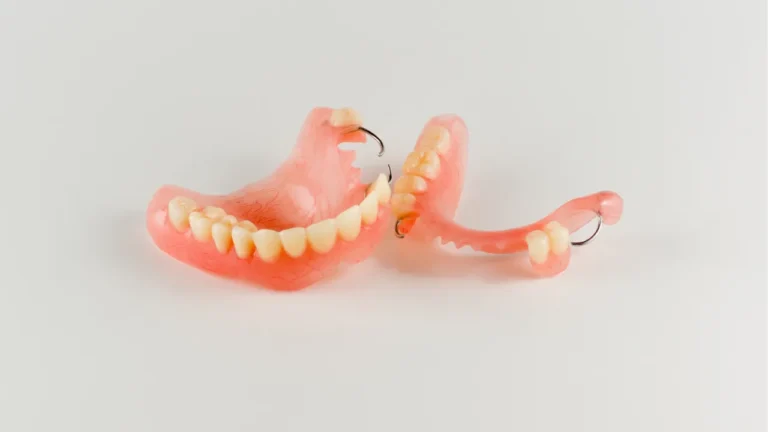You may need a root canal if you’re experiencing severe tooth pain, sensitivity to hot or cold, swelling, or a darkened tooth — all signs of an infected or damaged pulp inside the tooth.
A root canal removes the infected tissue, relieves pain, and saves your natural tooth from extraction. It’s a safe, effective treatment that helps restore your oral health and prevent further complications.
Quick Summary ✅
- When it’s needed: Severe tooth pain, sensitivity, swelling, darkened tooth.
- What it does: Removes infected pulp, stops pain, saves the tooth.
- Why it matters: Prevents tooth loss and future complications.
What Is a Root Canal?
A root canal is a dental procedure used to treat infection or inflammation in the pulp of a tooth—the soft tissue inside that contains nerves and blood vessels.
When the pulp becomes damaged due to deep decay, a crack, or trauma, a root canal is often the only way to save the tooth.
Rather than removing the tooth, your dentist removes the infected pulp, cleans the inside of the root canals, and seals them to prevent further problems.
Common Signs You Might Need a Root Canal
Several symptoms can indicate a problem deep within your tooth. If you experience any of the following, it’s important to see a dentist right away:
- Persistent tooth pain: Throbbing or aching pain, especially when chewing or applying pressure.
- Prolonged sensitivity: Lingering sensitivity to hot or cold that lasts even after the temperature is removed.
- Discolouration: A tooth that becomes darker or grayish in colour could signal internal damage.
- Swollen gums: Swelling or tenderness near the affected tooth may suggest infection.
- A pimple on the gum: This may be a sign of an abscess, which is a serious infection that can spread if untreated.
- Cracked or chipped tooth: Damage that exposes the pulp may lead to inflammation or infection.
If you’re experiencing any of these symptoms, prompt treatment can prevent complications and save your tooth.
What Causes Pulp Damage?
Damage to the tooth pulp can result from:
- Deep cavities or untreated tooth decay
- Repeated dental procedures on the same tooth
- A cracked or broken tooth
- Trauma or injury, even without visible cracks
- Gum disease spreading into the root area
The Root Canal Procedure: Step-by-Step
At Every Smile Dental, we perform root canals with precision and care. Here’s what you can expect:
- Examination and X-rays: The dentist examines the tooth and takes X-rays to assess the extent of the damage and plan the procedure.
- Numbing the area: A local anesthetic is used to ensure you’re comfortable and pain-free throughout the process.
- Accessing the pulp: A small opening is made in the top of the tooth to access the infected or inflamed pulp.
- Cleaning and disinfecting: The damaged tissue is removed, and the inside of the tooth is carefully cleaned and disinfected.
- Filling the canals: The empty canals are filled with a rubber-like material to seal them and prevent reinfection.
- Sealing the tooth: The access point is sealed with a temporary or permanent filling.
- Restoring the tooth: In most cases, a crown is placed over the tooth to restore strength, function, and appearance.
Recovery and Aftercare
Recovery from a root canal is usually straightforward.
You may experience mild soreness for a few days, which can be managed with over-the-counter pain relievers.
Your dentist will give you specific instructions for care and let you know when to return for your permanent crown, if needed.
Be sure to:
- Avoid chewing on the treated tooth until it’s fully restored
- Maintain good oral hygiene with regular brushing and flossing
- Attend follow-up appointments to monitor healing
When to Contact Your Dentist After Treatment
If you experience severe pain, swelling, or signs of infection after a root canal, contact us immediately.
While complications are rare, they can happen and should be addressed promptly.
Root canal therapy is not something to fear—it’s a safe, effective way to save your tooth and relieve discomfort. At Every Smile Dental, we’re committed to providing expert care with a gentle approach.
If you suspect you need a root canal, don’t delay. Reach out to our team today for a consultation and let us help restore your smile.







